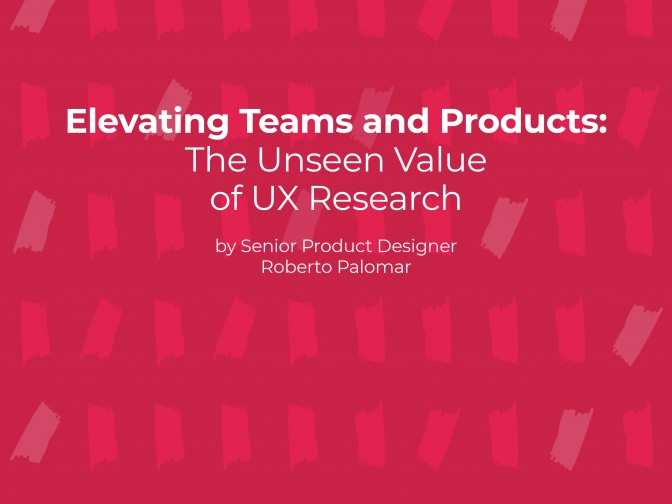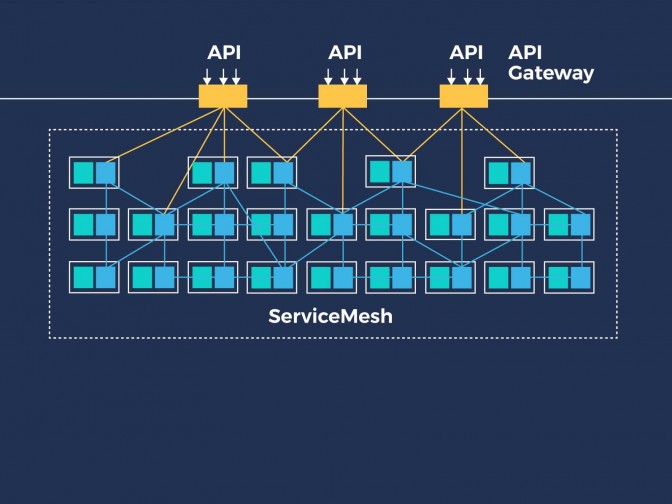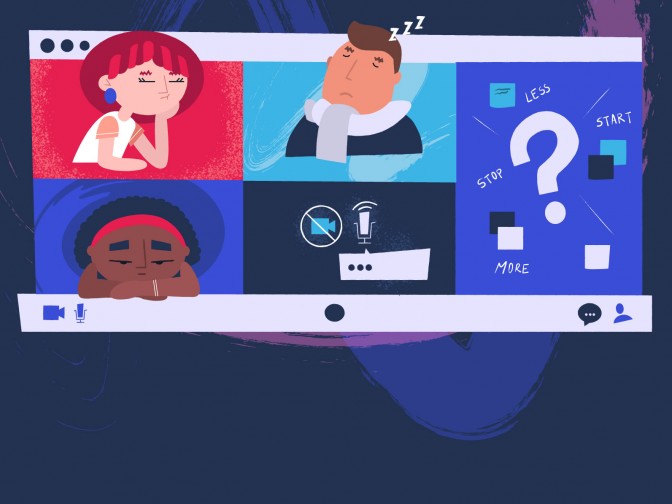Have you ever thought about how to better approach or sell your ideas to your stakeholders? Or, to look at it another way, have you ever thought about how your stakeholders approach you? What words and phrases they typically use? Phrases like:
“Do you see what I mean?”
“The future is grey.”
“I hear you!”
“I have good feelings about it.”
“My gut is telling me that…”
You can have real impact on your stakeholders, if your communications are aligned with their learning preferences. This is what VAK is about; you can classify your stakeholders, based on if they are Visual, Auditory or Kinesthetic learners, and then focus the way you communicate to them in the way that suits them best.
Why? Because people usually prefer an entry of information that predominates to the other.
What are the VAK types?
Visual, are the people that observe the aesthetics and appearance of things, typically use colours to classify and are organised. They usually speak faster, because visual memories are quicker to process.
Auditory, are people that usually speak slowly, do not like noise and listen carefully. On the contrary, these people are moderated speed talkers.
Kinesthetic, are people guided by emotions and feelings, prefer physical contact, and do not give importance to details and order. Typically, these people gesture when speaking and lose attention quickly in long speeches.
How to capture their attention
If you manage to classify them, you can prepare your meetings accordingly making sure you will communicate your ideas in a much more effective way and properly engage them. Let’s examine some ways we can understand the different ways these people learn:
For Visual learners, prepare maps, screenshots, diagrammes, use colours, the whiteboard, or anything that they can easily capture instead of using thousands of words or long docs.
For Auditory learners, the way to better capture their attention is by using a quiet room, and choosing the right words when speaking to them.
For Kinesthetic learners, are the hardest one – they really want to feel something. You can prepare a prototype or something that they can play with, and you will get their full attention. They love to experiment and will make you many questions.
How can you recognise different stakeholders?
Then, how can I spot them? Is quite easy – pay attention to details. Phrases like the ones mentioned at the beginning are typical from each of them and would help you to easily identify them:
Visual: “I see your point,” “Let’s look at it in a different way,” “I never forget a face,” or, “I would like to see a different perspective.” In addition, Visual learners usually are the first ones taking notes or drawing diagrammes in meetings, are colour-coordinated when dressing and are specially creatives.
Auditory: “I hear you,” “It’s ringing a bell,” or “that sounds familiar to me.” Other common characteristics of this type of learners are that are good on storytelling, follow verbal directions well, and are good explaining ideas out loud.
Kinesthetic: “Stay in touch,” “I have good feelings about it,” or “That doesn’t sit right with me.” In this case, these types of learners are very well coordinated, have a good sense of their body, spatial awareness, and are best with hands-on activities.
Have you already identified any of them? Give it a try…
About the author
Virginia is a Business Analyst at The Workshop. She holds key experience in a number of product verticals, including Casino, Websites and Platform. She is a mother of two whirlwinds, and is passionate and curious about new technologies and the process of learning.



